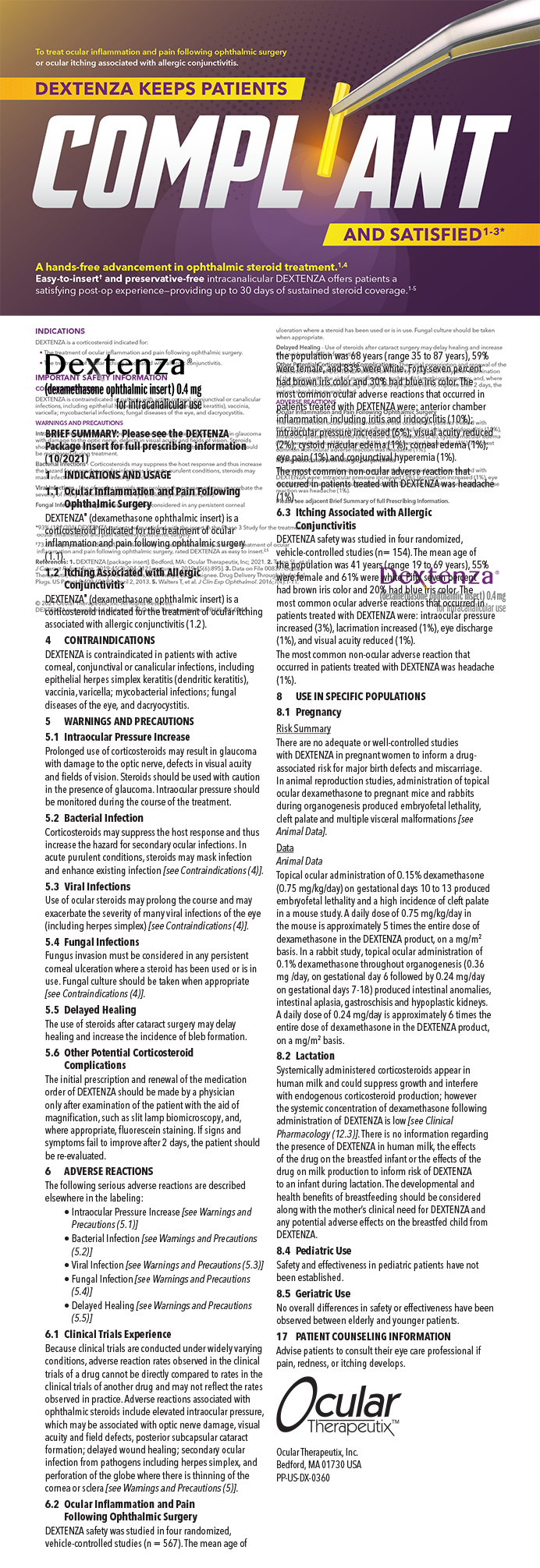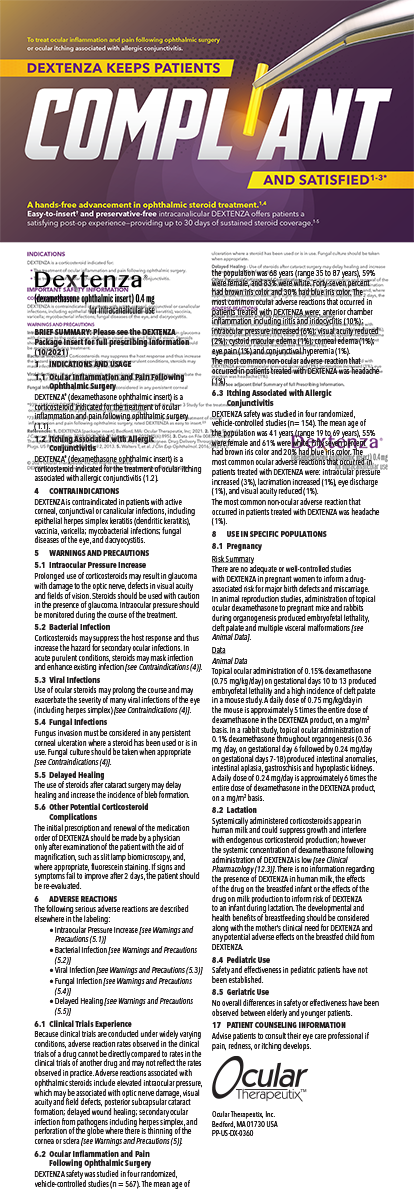It is a pleasure and honor to launch a series of articles on astigmatism for CRST. In each article, we will pose an astigmatism-related question to a panel of experts and present their responses. Through the course of the series, the questions will roughly reflect the chapters of my book, Practical Astigmatism: Planning and Analysis.1
The combination of a number of my publications over the years has come to be called the Alpins Method, and it now forms the basis for astigmatism-related reporting in major journals.2-6 The expert contributors to this column may or may not be familiar with the Alpins Method or may not use it at all; my purpose will be to describe how the method relates to each month’s topic and seek the practical viewpoints of the panelists.
ASTIGMATISM BASICS
Ophthalmologists typically think of astigmatism as being against-the-rule or with-the-rule and regular or irregular. Clinically relevant astigmatism is common. Cylinder of 1.00 D or greater, based on manifest refraction, has been reported in 10% to 50% of patients, differing with age and race or ethnicity.7-11 One study has suggested that as many as 20% of eyes with cataract have at least 1.50 D of corneal astigmatism. 12
The Alpins Method amounts to a comprehensive analysis system for both corneal and refractive measurements. It provides consistent treatment parameters for ophthalmologists faced with patients whose corneal and refractive astigmatism measurements do not coincide, and it helps users to avoid the potential adverse effects of excess residual corneal astigmatism. It more closely approximates refractive cylinder based on anterior corneal topography (CorT) or anterior and posterior corneal measurements (CorT total) than simulated keratometry or any other corneal measures available. The method could be applied to both sides of a cornea with irregular astigmatism (nonorthogonal and/or asymmetric) in lasers with this capability.
The approach offers insights into corneal coupling. This effect of astigmatism treatment on spherical outcome was previously misunderstood to apply only to incisional techniques. The Alpins Method can also be applied to determine complex treatments of mixed astigmatism, treating myopic and hyperopic astigmatism simultaneously.
MORE TO COME
This series will also address planning for toric IOL implantation and the explanation of (and/or solutions for) refractive surprises that occur even when the surgery was perfectly performed and the implant seems to be in the correct, planned position.
I offer the above as a thumbnail of the Alpins Method, and I thank this month’s panelists (and panelists to come) for what promises to be an informative and exciting journey, as astigmatism truly is a many-headed beast.
And now for the first question: As a practical clinical matter, what degree of astigmatism prompts you to adjust your approach in (1) LASIK and (2) cataract surgery, and what adjustments do you make?

Massimo Camellin, MD
LASIK and LASEK. I generally prefer LASEK instead of LASIK, but the problem is more or less the same. I set the astigmatism in the platform that I use, the Amaris (Schwind eye-tech-solutions) as measured by refraction. If the cylinder value is more than 2.00 D, I prefer to use custom ablation to improve cyclotorsion control. It is feasible that the eye can rotate during surgery, and 30° of rotation reduces the correction of astigmatism by 100%. It is common to observe 5° of rotation, and even in eyes with a small amount of astigmatism this can lead to an acceptable error (10% residual astigmatism). In short, we must reduce the residual error if the astigmatism is high; otherwise, we can ignore it.
In eyes with internal astigmatism that does not correspond to corneal astigmatism, I prefer to correct midway between the two readings. Usually in these cases the astigmatism is greater than 3.00 D, and is possible to have imperfect results. However, even if the correction is not complete, generally the patients are satisfied.
Cataract and lens surgery. If the astigmatism is with the rule and greater than 2.00 D, and this is confirmed by previous refractions and corneal topography, I usually correct it with a toric IOL. The power is easy to calculate, as it corresponds to the refraction. It is important, however, to determine whether the astigmatism is caused by the lens, in which case it should be ignored. In these cases, there is poor correspondence between refraction and topography.
If the astigmatism is against the rule (previous refraction generally not more than 2.00 D) and the cornea has a spherical shape, I usually implant a toric IOL with 1.50 D astigmatic correction against the rule. In these cases, commonly, it is difficult to predict the perfect axis, but we are satisfied if the residual astigmatism is between 0.50 and 1.00 D due to an imperfect alignment.
In short, I tell patients that it is impossible to achieve perfect emmetropia in many cases. I don’t like corneal astigmatic incisions, even those made with a femtosecond laser, because they can lead to higher-order aberrations and a progressive effect, as we have seen over the years with radial keratotomy and conductive keratoplasty. It is possible, however, to reduce small amounts of astigmatism (0.50–0.75 D) by making 3-mm corneal incisions on the steepest refractive axis.

Michael Goggin, MD
LASIK and PRK. My basic approach to LASIK or PRK in all eyes with refractive astigmatism with normal corneas is to correct the cycloplegic refractive astigmatism exclusively. I do not attempt to treat more than 5.00 D of refractive astigmatism with corneal ablation.
Treating refractive astigmatism exclusively, of course, sometimes creates increased corneal astigmatism, if the refractive and corneal astigmatism are sufficiently dissimilar. I am aware of Dr. Alpins’ work in this area, treating by using some input from the cornea values, but I await independent corroboration of the advantages in corneal shape with no refractive loss that he has reported.
For the present, I continue to rely on the correction picked by the patient during cyloplegic refraction as suiting his or her vision best.
Cataract surgery. As the eyes of patients who have had LASIK and PRK age, I see these patients returning for cataract surgery with increased corneal astigmatism compared with their status before excimer laser ablation because of this approach. These patients need toric IOLs. If their corneal astigmatism had remained unchanged, they might not have needed such lenses. I do not regard this as a clinically significant problem, given the success of toric IOL insertion.
In the past few years, it has become evident that toric IOL outcomes can be improved by accounting for the effect of posterior corneal astigmatism in the calculation of the IOL cylinder.13 Currently, we are still unable to measure corneal astigmatism accurately, and we rely on nomogram adjustments based on population averages and regression statistics. This may change with the advent of new devices.
In a number of studies of our method including these calculations, we have demonstrated that these adjustments are necessary with lower corneal astigmatism powers but not with higher values.14-16 In summary of that work, if an eye requires a toric IOL of 2.50 D of cylinder or greater based on anterior corneal astigmatism measurement, the posterior corneal astigmatism effect is below clinical relevance, whereas below this value an adjustment should be made.
Dr. AlPins Replies

1. Arbelaez MC, Alpins N, Verma S et al. Clinical outcomes of laser in situ keratomileusis with an aberration-neutral profile centred on the corneal vertex comparing vector planning with manifest refraction planning for the treatment of myopic astigmatism. J Cataract Refract Surg. 2017;43:1504-1514.
2. Alpins NA. Vector analysis of astigmatism changes by flattening, steepening, and torque. J Cataract Refract Surg. 1997;23:1503-1514.

David Smadja, MD, FEBO
LASIK. In laser refractive surgery, the challenge is often to decide which magnitude and axis of astigmatism to treat when there is a significant discrepancy between an eye’s refractive and corneal astigmatism. In conventional excimer laser surgery, it is the refractive cylinder that is being treated onto the cornea, which, in many cases, does not correspond to the corneal astigmatism. The ocular residual astigmatism precisely describes the difference between the refractive and corneal astigmatism, and this measure has been highlighted as a key parameter in astigmatism treatment plans in many reports.17,18 When treatment is based on refractive cylinder alone, without considering the amount and orientation of corneal astigmatism, this may result in increasing aberrations and decreasing visual quality.19
With recent advances in excimer ablation profiles, such as topography-guided profiles, the question of which astigmatism to follow for treatment has been widely discussed. So far, no clear guidelines have been adopted, but our understanding and awareness about the topic has increased, and we know that a large preoperative ocular residual astigmatism is highly correlated to less predictable postoperative outcomes.17
Although the concept of using total corneal astigmatism in toric IOL calculation has been widely accepted as best practice for IOL calculation, paradoxically, in refractive laser surgery, practitioners have not adopted this concept. Our group is currently working on adoption and incorporation of new metrics such as CorT, as described by Alpins et al.20,21 That parameter is based on the total corneal astigmatism measurement, and it has been shown to be closer to the manifest refraction cylinder and therefore to reduce the magnitude of ocular residual astigmatism. Meanwhile, we have adopted the common practice that, in the event of a large disparity in cylinder magnitude, we treat between the refractive and corneal astigmatism according to the 60/40 rule, toward the topographic astigmatism.
Cataract surgery. In cataract surgery, the previously mentioned work on including posterior corneal astigmatism in the IOL power calculation has significantly improved results and changed the rules of the game. It is now commonly accepted that not taking into account the influence of posterior corneal astigmatism in the total corneal astigmatism leads to less accurate outcomes.
In our daily practice, however, we use the endpoint of predicted residual astigmatism, as calculated by various toric calculators, as the key parameter in our decision process. It has been widely demonstrated that residual astigmatism greater than 0.50 D induces a significant decrease in visual acuity and visual quality; therefore, we always target the patient to be under this threshold postoperatively.22 This calculation is done after incorporating the total corneal astigmatism and the surgeon’s own surgically induced astigmatism from the main incision. Patients who will fall over the threshold of 0.50 D of residual astigmatism after simulation through the toric online calculator will therefore be good candidates for toric IOL implantation.
In a recent study, we incorporated the CorT metric, based on total corneal measurement, into our toric IOL calculation.23 We demonstrated significant improvement, as observed by vector analysis, using this method. Our next step will be to optimize our performance even more by use of newly elaborated regression formulas, such as the Abulafia-Koch or Barrett formula,24,25 which have been demonstrated to provide more accurate and predictable outcomes than older formulas for toric IOL calculation.
1. Alpins N. Practical Astigmatism: Planning and Analysis. Thorofare, NJ: Slack: 2017.
2. American Academy of Ophthalmology. Ophthalmology: Author Information Pack. www.elsevier.com/wps/find/journaldescription.cws_home/620418?generatepdf=true. Accessed March 15, 2018.
3. Journal of Cataract & Refractive Surgery: Information for Authors. www.jcrsjournal.org/content/authorinfo#info. Accessed March 15, 2018.
4. Reinstein DZ, Archer TJ, Randleman JB. JRS standard for reporting astigmatism outcomes of refractive surgery [editorial]. J Refract Surg. 2014;30:654-659.
5. Reinstein DZ, Archer TJ, Srinivasan S, et al. Standard for reporting refractive outcomes of intraocular lens-based refractive surgery [editorial]. J Cataract Refract Surg. 2017;43:435-439.
6. Reinstein DZ, Archer TJ, Srinivasan S, et al. Standard for reporting refractive outcomes of intraocular lens-based refractive surgery [editorial]. J Refract Surg. 2017;33:218-222.
7. Vitale S, Ellwein L, Cotch MF, et al. Prevalence of refractive error in the United States, 1999-2004. Arch Ophthalmol. 2008;126:1111-1119.
8. Wolfram C, Hohn R, Kottler U, et al. Prevalence of refractive errors in the European adult population: the Gutenberg Health Study (GHS). Br J Ophthalmol. 2014;98(7):857-861.
9. Pan CW, Klein BE, Cotch MF, et al. Racial variations in the prevalence of refractive errors in the United States: the multi-ethnic study of atherosclerosis. Am J Ophthalmol. 2013;155:1129-1138.
10. Yoo YC, Kim JM, Park KH, et al. Refractive errors in a rural Korean adult population: the Namil Study. Eye (Lond). 2013;27:1368-1375.
11. Abrams D. Ophthalmic optics and refraction. In: Duke-Elder SS, ed. System of Ophthalmology. St Louis, MO: Mosby; 1970:671-674.
12. Hoffer KJ. Biometry of 7,500 cataractous eyes. Am J Ophthalmol. 1980;90:360-368.
13. Koch DD, Ali SF, Weikert MP, Shirayama M, Jenkins R, Wang L. Contribution of posterior corneal astigmatism to total corneal astigmatism. J Cataract Refract Surg. 2012;38:2080-2087.
14. Goggin M, Zamora-Alejo K, Esterman A, van Zyl L. Adjustment of anterior corneal astigmatism values to incorporate the likely effect of posterior corneal curvature for toric intraocular lens calculation. J Refract Surg. 2015;31:98-102.
15. Goggin M, van Zyl L, Caputo S, Esterman A. Outcome of adjustment for posterior corneal curvature in toric intraocular lens calculation and selection. J Cataract Refract Surg. 2016;42:1441-1448.
16. LaHood B, Goggin M, Esterman A. Assessing the likely effect of posterior corneal curvature on toric IOL calculation for IOLs of 2.50 D or greater cylinder power. J Refract Surg. 2017;33(11):730-734.
17. Archer T, Reinstein DZ, Pinero D, Gobbe M, Carp G. Comparison of the predictability of refractive cylinder correction by laser in situ keratomileusis in eyes with low or high ocular residual astigmatism. J Cataract Refract Surg. 2015;41(7):1383-1392.
18. Frings A, Katz T, Steinberg J, Druchkiv V, Richard G, Linke S. Ocular residual astigmatism: effects of demographic and ocular parameters in myopic laser in situ keratomileusis. J Cataract Refract Surg. 2014;40(2):232-238.
19. Qian Y, Huang J, Liu R, et al. Influence of internal optical astigmatism on the correction of myopic astigmatism by LASIK. J Refract Surg. 2011;27(12):863-868.
20. Alpins N, Ong JKY, Stamatelatos G. New method of quantifying corneal topographic astigmatism that corresponds with manifest refractive cylinder. J Cataract Refract Surg. 2012;38(11):1978-1988.
21. Alpins N, Ong JKY, Stamatelatos G. Corneal topographic astigmatism (CorT) to quantify total corneal astigmatism. J Refract Surg. 2015;31(3):182-186.
22. Villegas E, Alcón E, Artal P. Minimum amount of astigmatism that should be corrected. J Cataract Refract Surg. 2014;40(1):13-19.
23. Alpins N, Goggin M, Smadja D, Pinero D, Stamatelatos G. Toric IOLs, femto-LRIs and vector planning: refractive surprises and optimising excimer laser treatments. Paper presented at: European Society of Cataract and Refractive Surgeons Annual Meeting; October 7-11, 2017; Lisbon.
24. Abulafia A, Koch D, Wang L, et al. New regression formula for toric intraocular lens calculations. J Cataract Refract Surg. 2016;42(5):663-671.
25. Abulafia A, Barrett GD, Kleinmann G, et al. Prediction of refractive outcomes with toric intraocular lens implantation. J Cataract Refract Surg. 2015;41(5):936-944.




